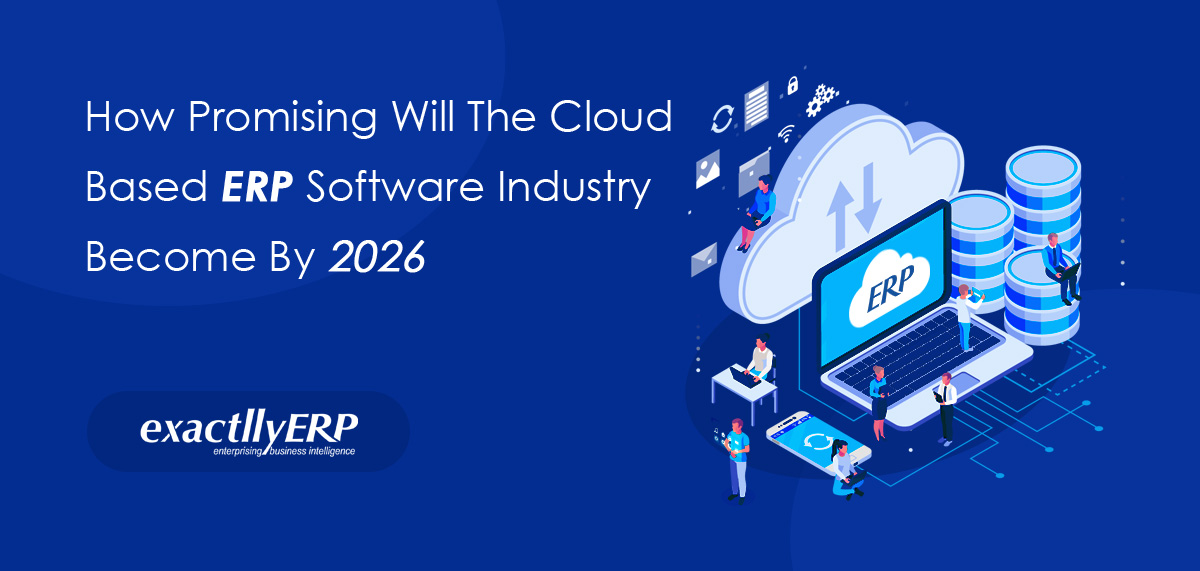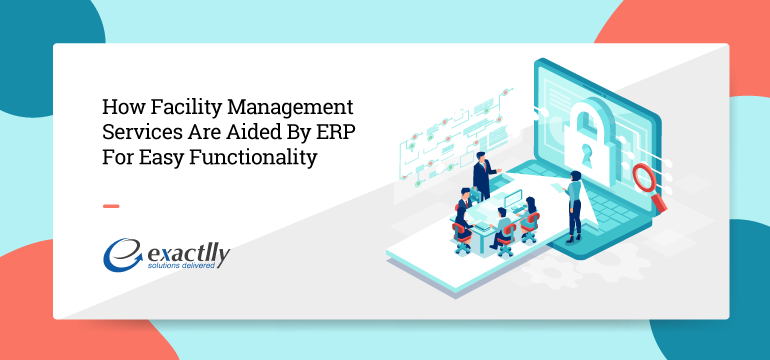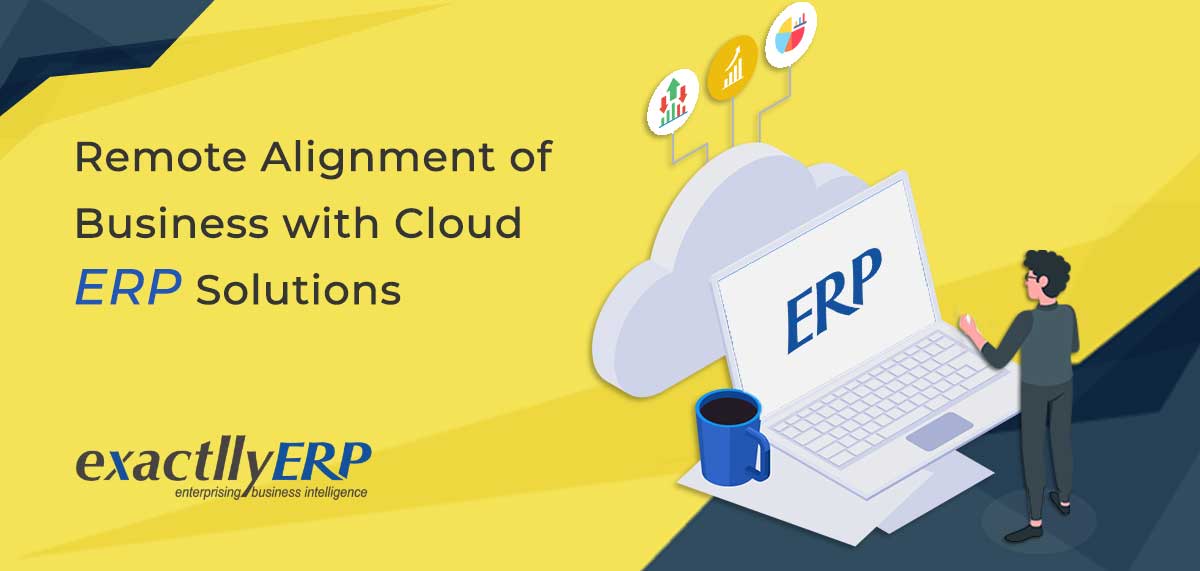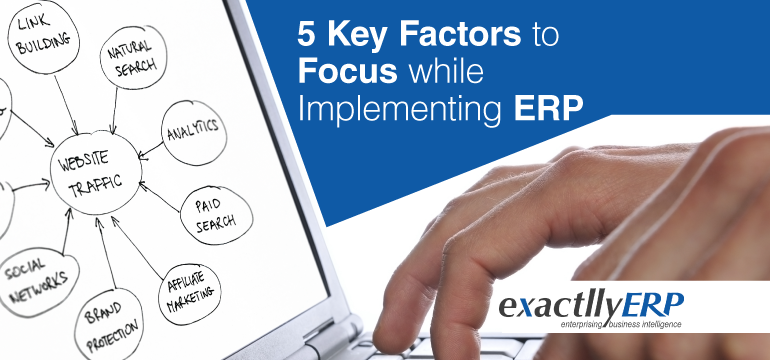5 Signs of an Outdated ERP System and the Problems They Pose
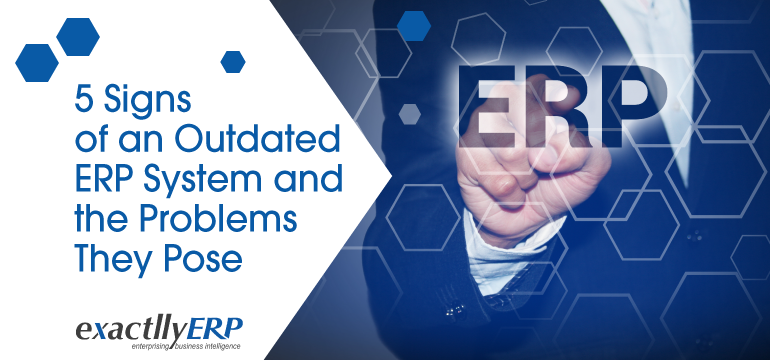
Outdated ERP System:
ERP systems have changed the way businesses look at complex processes. They have simplified processes with their continuous effort to remove hurdles and move businesses towards a more sterile environment. Today, business owners of both large and small organizations are adopting ERP systems as a best practice in the industry.
There is a caveat here. You cannot use an outdated ERP system as it makes you incompetent and is also unsuitable for meeting modern-day challenges of the business. Companies that are still using archaic AS-400 based systems will be under immense pressure as such systems are incompatible with today’s younger workforce. ERP vendors who still believe in creating old systems will not be able to survive for long as organizations increasingly seek user-friendly and intuitive software solutions. This article highlights the problems associated with using an outdated ERP system followed by five signs that indicate an outdated system in place.
Problems with Using Outdated ERP System:
Business owners may argue that the cost of updating an ERP system to the latest version is unbearable and disrupts their financial budgeting. On the contrary, 96% of organizations need extensive modifications to their ERP system to counter ongoing business changes. An outdated on-premise ERP system requires extensive patches and fixes to keep them going which adds a significant cost of maintenance and the efficiency is still not guaranteed.
- There has been a 111% rise in ERP updates since 2009 which causes massive disruption to routine business activities. It is ironic that these updates are actually meant to improve the existing systems at the cost of disruption. Moreover, employees need to be trained and re-trained to work on the updated system. And organizations, especially small-scale, can’t afford to lose time to absorb these changes.
- Old ERP systems lack the latest functionalities. For instance, SAP ERP systems have offered two basic functionalities in their enhancement packages. First is the SAP solution browser that gives IT managers a quick overview of the latest functions for their respective systems. And the other is the SAP business function prediction self-service tool recommends suitable functions that add utility to the customers. The other new features include SAP Fiori in action, faster MRP runs and data ageing.
- End of support to older versions of ERP makes the business susceptible to data security breaches. For instance, SAP ended support for its several older releases on March 31, 2013. So the systems still running on older versions entered into a customer-specific maintenance phase. Though customers received limited feature support, it did not adapt to new or changed external requirements. Therefore, an obsolete ERP system could not take advantage of the changing market environment.
- Most of the modern-day ERP systems are enabled with cloud support. This makes more sense for small-scale organizations as they look for value for money with cloud-based features. They desist from installing on-premise ERP systems as they are comparatively complex and costly though they offer a large number of features. Moreover, cloud-based ERP systems provide multi-device access to ERP software through mobiles, tablets and other gadgets and provide real-time visibility on the move.
- Outdated ERP systems are unable to reap the benefits of automation. You have to make workarounds to keep the system up and working. This is in contrast to the user-friendly characteristic for which they are designed. Apart from that, there is considerable time lost in fixing the bugs.
- Old ERP systems are unfit for access in smartphones which require a responsive design to be able to fit all screen sizes. Furthermore, their inability to integrate with the latest third-party applications adds to the users’ woes.
- Businesses are expanding vigorously at a global level and customer expectations are rising beyond the comfort level. The majority of the workforce is mobile and the customers are spread across the globe. In such a scenario, old systems are just not suitable to operate as you start losing competence.
5 signs that indicate that your ERP is Outdated:
-
ERP System becoming a liability on your business –
The ERP system you installed a couple of years ago was probably a wise decision to streamline the processes and improve the efficiency of your business. On the contrary, the same ERP system today is consuming the majority of your time in system upgrades, rising maintenance costs and hardly any time left for innovation in business processes. Such a system is nothing but a liability.
-
Lagging Process –
The process efficiency might have seen a significant rise in the past. But over a couple of months, there has been no improvement in the process efficiency. All your efforts to innovate are obstructed by process lags and further complexities. The end goal of an ERP system is to increase output but it is just the opposite of what you are experiencing right now.
-
No-Cloud Support – No Flexibility –
In today’s mobile business environment, you can’t afford to function without cloud support. There is no flexibility in operation and your business visibility is standstill on the move. Cloud ERP is a smart choice for your business owing to its myriad abilities like automatic updates, vendor-backed maintenance and upgrade, lower cost of deployment, ubiquitous and anytime access, greater flexibility, easy scalability, access to real-time data and high-level security.
-
Lack of younger Workforce –
Today’s workforce comprises mainly of tech-savvy gen-next young employees who like to work with an organization that moves ahead of time. They prefer to choose the organization that in turn chooses exciting ways of working in comparison to clerical and time-consuming methods. Higher the extent, scope and zeal for innovation at the higher level; higher is the rating of your company. But if your employees are growing frustrated and generating dissatisfaction from work, you must seriously think to replace the system.
-
Lack of Real-Time Business Information –
Whether it is your vendors or your customers, they all look for real-time business connectivity to fasten the process of doing business with you. More and more ERP-enabled companies are providing mobile applications to their vendors and customers to provide real-time updates about the inventory, order delivery and payment. Employees across the organization look for real-time collaboration with each other. Senior management generates business intelligence reports and analytics that assist them in taking strategic-level decisions. All this is possible only if you have the latest ERP system in place.
Conclusion:
Modern-day cloud-enabled ERP systems have immense capability to achieve business excellence and that too at a fraction of the cost of the complex on-premise ERP systems. Do not let your business aptitude and acumen be tarnished by an outdated system. We have already discussed a number of problems associated with an old system and how it affects your productivity and efficiency. If you experience any one of the signs mentioned above, it is about time that you upgrade your system. Wants to know more about exactllyERP? Feel free to Contact Us and get a Free Demo.

